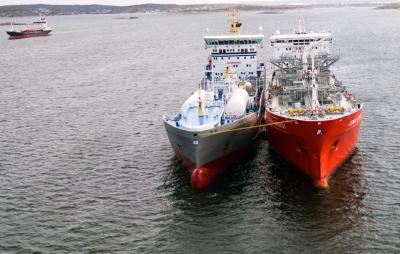Transshipment and Bunkering
Rising concerns about the impact of traditional fuels, such as diesel, on the environment are leading more and more companies to switch to liquefied natural gas (LNG) as their preferred fuel. An increase in demand for this sustainable fuel has encouraged ports around the world to develop LNG bunkering facilities.
Our bunkering department is manned by a dedicated team. Keeping in contact with vessels, arranging delivery and following up at short notice are activities they proudly perform daily for our shipping customers.
The shipping industry is gradually turning to liquefied natural gas (LNG) as a fuel for ships and tankers amid concerns about the impact that traditional fuels, such as diesel, could have on the environment.
While Europe boasts the majority of LNG bunkering ports, which are mainly distributed in the north of the continent, similar facilities are starting to flourish in Southeast Asia and in the US. However, in some parts of the world, these services are almost totally absent.

TANK-TO-TANK
Faster, no need to pass through a storage tank, LNG is directly transferred from one LNG ship to another
Our transshipment services are included:
– Direct transshipment of crude oil from seagoing tanker to another one using floating pipe technology;
– Direct shipment of crude oil from one port to another;
– Transshipment of crude oil and petroleum products from oil storage facility into seagoing tankers.

TANK-STORAGE-TANK
LNG is unloaded from a LNG ship, then stored in a tank at the terminal. It can be loaded a few days later by another LNG ship.
Our transshipment services are included:
– Unloading of seagoing tankers with crude oil at our storage facilities using onshore pipe systems;
– Unloading of seagoing tankers with petroleum products in multi-use specially equipped oil storage silos;
– Transshipment of crude oil and petroleum products from silos into into railcars and trucks.


